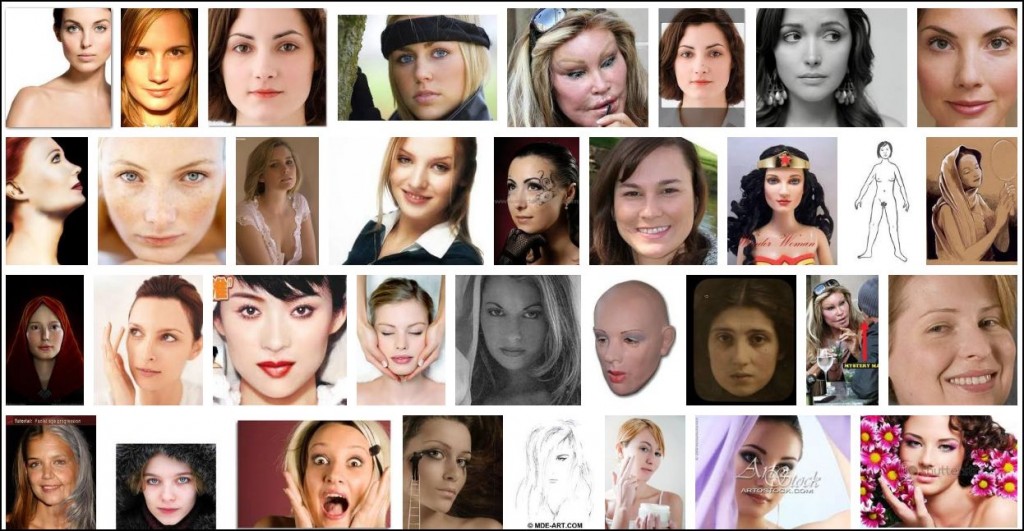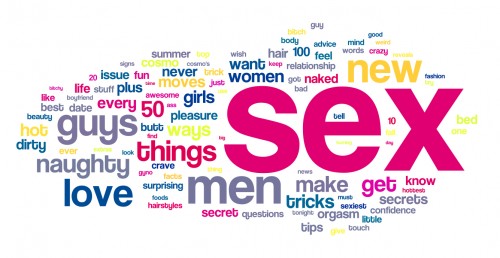
Elisabeth R., Rebecca H., and Kalani R. all sent in a Volkswagen commercial produced for SuperBowl weekend that they found striking, both for the commercial itself and reactions to it. In the commercial, a child dressed up as Darth Vader tries using The Force on various items around the house. What struck all three of the submitters is the ambiguous gendering of the ad:
At no point is the child’s gender made clear. If we just went with the information in the ad, we might conclude the child is a girl, based on scene in the stereotypically super-pink bedroom. But given the usual clear gendering of toys, Elisabeth, Rebecca, and Kalani all enjoyed seeing an ad in which this didn’t occur.
But the possibility that a girl might dress up as Darth Vader seems difficult for a lot of people to grasp. In the pages and pages of comments on the commercial on YouTube, the child is repeatedly referred to as “he” or “the boy.” In one comment thread, when someone brings up the possibility the child is a girl due to the pink bedroom, someone else says no, it was a boy in his sister’s room.
There’s no particular reason to assume this child is a boy except that we associate Star Wars with boys (and generally see males as the default if gender isn’t otherwise specified). I think the reactions to the video are a good example of the power of gendering: because viewers have pre-existing ideas about gender, kids, and what they’d be interested in, they’re likely to apply those assumptions even in the face of potentially contradictory information and to come up with explanations that leave the pre-existing ideas intact.
UPDATE: I forgot to mention when I was writing the post that none of the commenters who saw the child as a boy seemed to think the pink room was his — I read several different comment threads and when it was brought up, people assume it’s a sister’s room. Also, reader Angie thinks the stuff in the pink room looks too old for the child, since the toys look like the type an older kid would collect. I am clueless about that, which is why I struggle to buy gifts for kids: I no longer have a clear sense of what types of things kids are playing with at what age.
UPDATE 2: This is separate from what the gender of the role of the child in the commercial, but VW has confirmed that the actor who played the child is a boy.
On another note, the fact that VW is using Star Wars nostalgia in its ads as a way to appeal to adult customers makes me feel very old for some reason.










